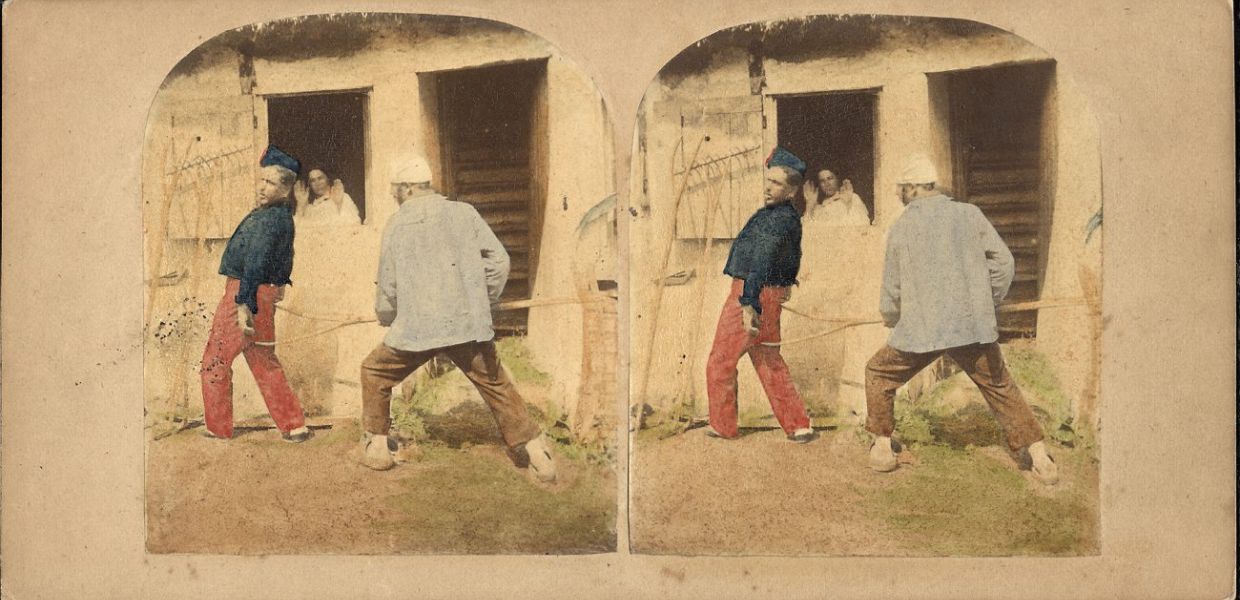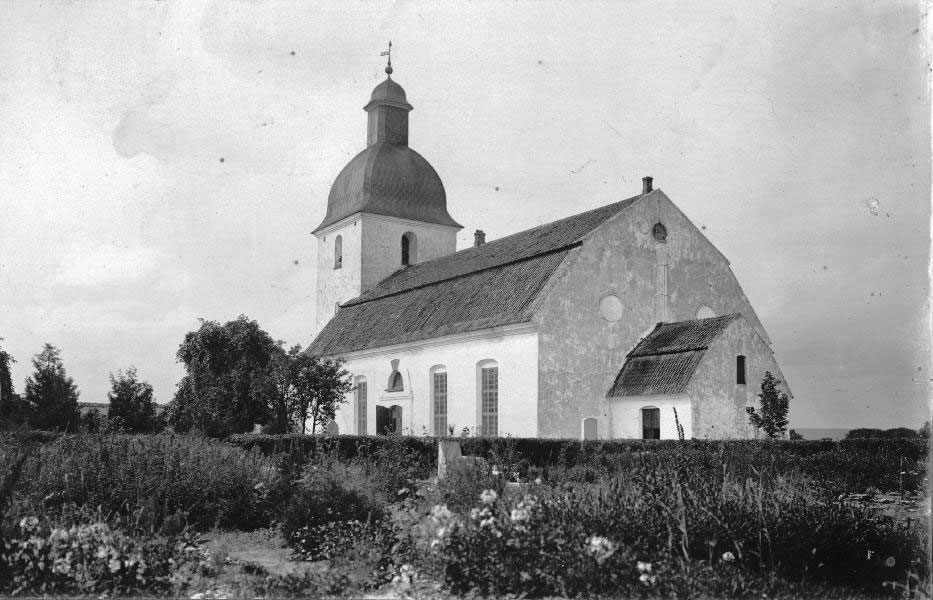Opening up Swedish culture - an interview with Swedish Open Cultural Heritage

On the Europeana Pro blog, we want to highlight the good work being done by the Europeana Network. This time, Matilda Karlsson, business developer at Swedish Open Cultural Heritage (K-samsök in Swedish) talks to us about their work.
Hi Matilda, how are you doing?
Good! All is going well.
You work at Swedish Open Cultural Heritage. What are the aims of your organisation?
The aim of Swedish Open Cultural Heritage (SOCH) is to give people access to cultural heritage that is as usable as possible: as free as possible to use and re-use, containing good quality data, enriched with context, and so on. SOCH is part of the government agency Swedish National Heritage Board (Riksantikvarieämbetet), whose mission is to play a proactive, coordinating role in heritage promotion and to ensure that the historic environment is preserved as effectively as possible. The Swedish National Heritage Board is also a data provider to SOCH.

Stereoscopic Photograph by an unknown author. Part of the Tekniska Museum collection. Public Domain.
With how many Swedish institutions are you currently working?
Several of the memory institutions that work with us are organised as umbrella organisations, so how many we work with depends on how you count. :-) If we count the ones listed as data providers in our search interface Kringla, there are 48 institutions on the list. There's a variety of institutions represented: museums for specific topics, regional and local museums, and also the Swedish National Heritage Board's own databases of monuments and building data plus historic photographs.
SOCH provides a lot of records to Europeana, but that is probably not all that you do isn’t it?
No there are a couple of more things. SOCH consists of four parts:
- Developing and managing the web service (which is also the national museum aggregator for delivering data to Europeana) that harvests metadata from memory institutions in Sweden, creating a platform for cross-searching records from those databases.
- Developing and managing an API that allows third parties to build on the data in the SOCH web service.
- Developing and managing Kringla, a SOCH search application (website on http://www.kringla.nu and an Android app). On the Kringla website, users can link together related objects in SOCH, link to related objects in Europeana, and also link objects to Wikipedia and to Libris, the Swedish national search service for publications. The links that are created there will be available through an open API
- Developing and managing Platsr, a website for collecting user-generated content and democratic historiography. Platsr also has an API.
A large part of the work is not technical in nature, though. We work a lot with digital infrastructure and organisation issues etc, as well as marketing the APIs, web service and applications.
Why are you working with Europeana?
Because we want digitised cultural heritage to be used and re-used as widely as possible. Europeana is an important platform for cultural heritage data internationally, both as a way to reach many people and as a forum for collaboration and interesting projects.
You are providing a lot of direct links to the material. Was this a deliberate choice, and if so, why?
We know that people want access to good-quality pictures, and when those pictures are already available through SOCH of course they should be available for use and re-use in as many places as possible. Since it was as simple as supplying an isShownBy field, it was relatively easy to implement. Access to larger images is useful in many different situations, for example in projects such as Då och nu a contest (organised by Wikimedia Sweden, Europeana and Swedish National Heritage Board) that consisted of taking photos on the exact spot where an old photograph was taken.

Mjällby kyrka. Picture taken in 1917. Part of the collection of the Riksantikvarieämbetet. Public Domain
In the SOCH dataset a wide variety of copyright licenses can be found. Can you tell a bit about how you go about with the licensing?
It's up to the providers to decide which rights statements they want to use. Many memory institutions in Sweden use Creative Commons licenses, though the most common license in SOCH is the restrictive CC BY-NC-ND so the collections are not as free as they could be. Very little is labelled with full copyright though. (there are graphs in this blog post.
To deliver data the institutions should follow SOCH's rights model (which is similar to the Europeana one). There are still a lot of unlabelled images in our index though, mostly because some providers haven't yet made policy decisions on how their digital collections may be used. This is also a big issue for memory institutions that don't yet participate in SOCH. The Swedish National Heritage Board tries to promote openness in digital heritage by being a good example, so our own data is licensed as openly as possible (Public Domain Mark or CC BY is the default).
Any things that are particularly interesting to mention that are not included so far?
The SOCH source code is available to use - it's not yet in any code repository but the code can be downloaded here. On the same page is the source code for our Android search app which was developed in 2010.
Thanks so much! Looking forward to working with you in 2015.
